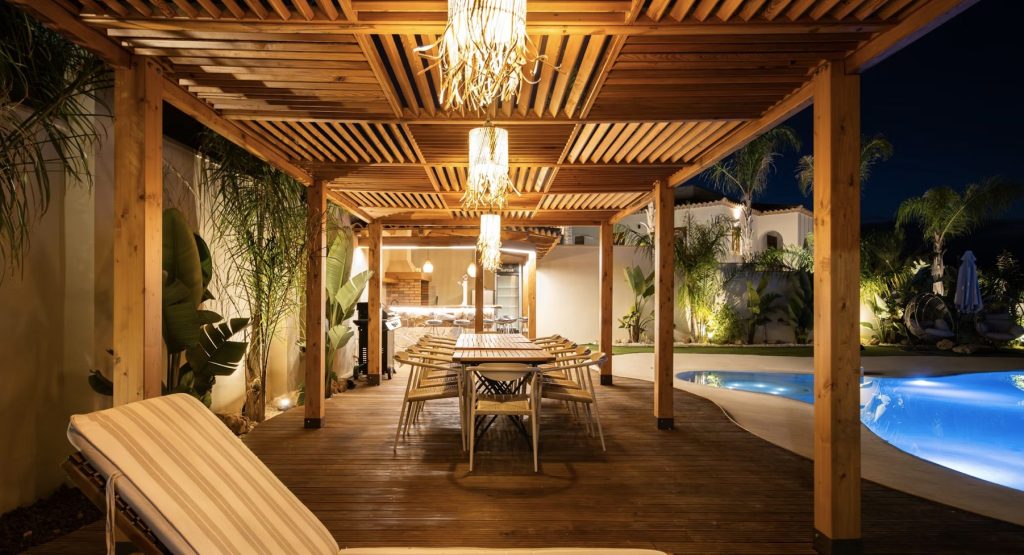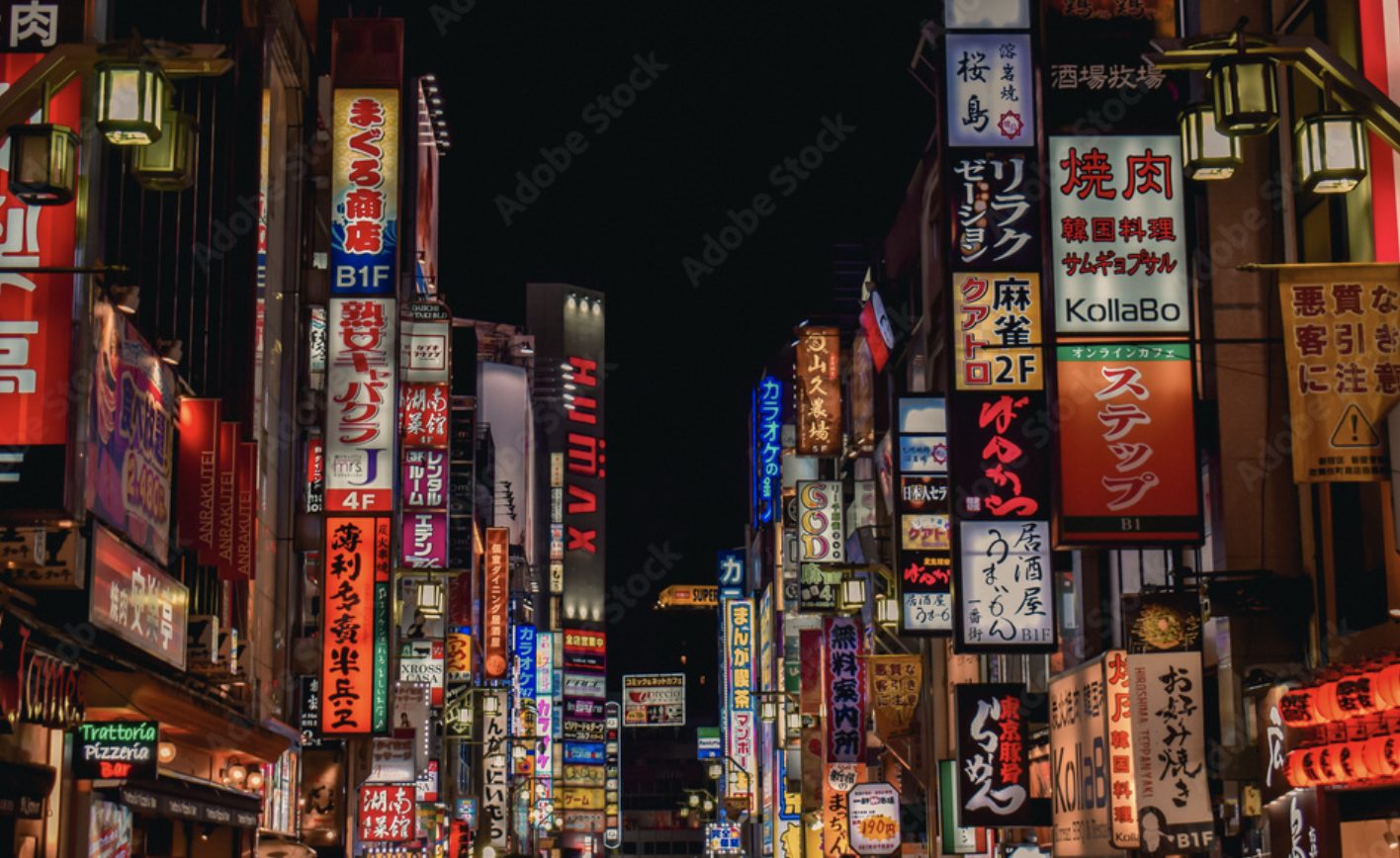Tokyo Rental Market Guide: Apartment Types and Rent Prices Across the 23 Wards
Chapter 1: Introduction
Tokyo is one of the most fascinating and dynamic cities in the world, attracting millions of residents, workers, and students from across Japan and abroad. With a population exceeding 14 million in the metropolitan area, Tokyo’s demand for housing remains constantly high. For foreigners moving to Japan for work, study, or long-term residence, understanding the rental market is essential before making any decisions.
Unlike many cities where rental markets are concentrated in a few neighborhoods, Tokyo offers incredible diversity. Each of the 23 special wards (ku) has its own character, lifestyle, and housing trends. Some wards are dominated by luxury apartments, others by family-friendly detached homes, and many by affordable rental apartments for students and workers.
At the same time, Tokyo’s rental contracts and customs are unique: “key money,” renewal fees, guarantor systems, and strict rules on renovations can be surprising for newcomers. By analyzing the average rent by apartment type and by ward, foreign residents can get a realistic picture of what to expect, and which areas suit their budget and lifestyle.
Chapter 2: Rental Prices by Apartment Type
Tokyo’s rental prices vary significantly by apartment type (layout). In Japan, floor plans are usually described with letters such as “K” (kitchen), “D” (dining), “L” (living), plus the number of rooms. Here is a breakdown:
1. Studio / 1K Apartments
- Description: A single-room apartment with a compact kitchen (K). Sometimes just a one-room studio.
- Typical Rent (Average in 23 Wards): ¥70,000–¥120,000 per month.
- Who rents: Students, single workers, new graduates, short-term residents.
- Pros: Affordable, widely available near train stations.
- Cons: Small size (15–25 sqm), often no separation between kitchen and living space.
Examples by Ward:
- Shinjuku / Shibuya: Around ¥100,000–¥120,000.
- Setagaya / Nerima: ¥70,000–¥90,000.
- Adachi / Katsushika: As low as ¥60,000–¥80,000.
2. 1DK / 1LDK Apartments
- Description: One bedroom + Dining/Kitchen (DK), or Living/Dining/Kitchen (LDK). Larger than a studio, often 25–40 sqm.
- Typical Rent: ¥100,000–¥160,000 per month.
- Who rents: Single professionals with higher income, or couples.
- Pros: More space, better suited for longer stays.
- Cons: Higher cost, fewer units compared to studios.
Examples by Ward:
- Minato / Chiyoda: ¥150,000–¥200,000.
- Meguro / Bunkyo: ¥120,000–¥150,000.
- Arakawa / Itabashi: ¥90,000–¥110,000.
3. 2DK / 2LDK Apartments
- Description: Two bedrooms with dining/living area. Sizes range from 45–70 sqm.
- Typical Rent: ¥150,000–¥250,000.
- Who rents: Families with children, foreign expats relocating with partners, or shared households.
- Pros: Practical for family living.
- Cons: Higher total rent and fewer options in central wards.
Examples by Ward:
- Setagaya / Meguro: ¥180,000–¥220,000.
- Chuo / Shinagawa: ¥200,000–¥250,000.
- Edogawa / Adachi: ¥120,000–¥160,000.
4. 3LDK and Larger Apartments
- Description: Three bedrooms with living/dining/kitchen area. Often 70–120 sqm or more.
- Typical Rent: ¥250,000–¥500,000+.
- Who rents: Larger families, corporate expatriates, and executives.
- Pros: Spacious, often in luxury buildings, some with concierge services.
- Cons: Very expensive in central Tokyo, limited supply in older wards.
Examples by Ward:
- Minato / Shibuya: ¥350,000–¥600,000+.
- Setagaya / Nerima: ¥250,000–¥350,000.
- Koto / Edogawa: ¥200,000–¥280,000.
Summary of Rent by Apartment Type (Average)
| Apartment Type | Typical Rent (23 Wards Average) | Size Range | Typical Tenants |
|---|---|---|---|
| Studio / 1K | ¥70,000–¥120,000 | 15–25 sqm | Students, singles |
| 1DK / 1LDK | ¥100,000–¥160,000 | 25–40 sqm | Singles, couples |
| 2DK / 2LDK | ¥150,000–¥250,000 | 45–70 sqm | Families |
| 3LDK+ | ¥250,000–¥500,000+ | 70–120+ sqm | Families, expats |
Chapter 3: Rental Market by Ward
Tokyo’s 23 wards can be divided into categories:
- Central Business Districts (CBD): Chiyoda, Chuo, Minato
- Sub-centers: Shinjuku, Shibuya, Toshima (Ikebukuro)
- Residential Middle-class Areas: Setagaya, Meguro, Bunkyo, Shinagawa, Nakano
- Bay Area & Shitamachi (old downtown): Koto, Sumida, Taito, Edogawa
- Affordable Northern/Eastern Districts: Kita, Itabashi, Arakawa, Adachi, Katsushika
Central 3 Wards – Chiyoda, Chuo, Minato
- Average Rent (1LDK): ¥180,000–¥250,000
- 3LDK luxury apartments: ¥400,000–¥700,000+
- Tenants: Executives, diplomats, wealthy expats
- Lifestyle: Luxury, high-rise towers, international community, easy access to business hubs
Shinjuku, Shibuya, Toshima (Sub-centers)
- Average Rent (1LDK): ¥140,000–¥180,000
- 3LDK: ¥300,000–¥450,000
- Tenants: Young professionals, creatives, foreign students
- Lifestyle: Trendy, vibrant, entertainment-focused
Residential Wards – Setagaya, Meguro, Bunkyo, Nakano, Shinagawa
- Average Rent (1LDK): ¥120,000–¥160,000
- 3LDK: ¥250,000–¥350,000
- Tenants: Families, long-term residents
- Lifestyle: Quieter, more green spaces, family-friendly
Bay Area & Downtown – Koto, Sumida, Taito, Ota, Edogawa
- Average Rent (1LDK): ¥110,000–¥150,000
- 3LDK: ¥200,000–¥300,000
- Tenants: Mixed – young families, students, and retirees
- Lifestyle: Waterfront apartments, redevelopment areas, traditional shitamachi culture
Affordable North/East – Kita, Itabashi, Arakawa, Adachi, Katsushika
- Average Rent (1LDK): ¥90,000–¥120,000
- 3LDK: ¥160,000–¥250,000
- Tenants: Budget-conscious families, students, working-class residents
- Lifestyle: Affordable, residential, fewer luxury options but strong community feel
Chapter 4: Choosing the Right Ward Based on Lifestyle
When selecting an apartment in Tokyo, price is only one factor. Each ward provides a unique lifestyle, and your choice will greatly affect your daily experience. Below, we categorize wards according to different lifestyles and needs.
1. For Young Professionals and Nightlife Seekers
- Best Areas: Shibuya, Shinjuku, Minato
- Why: These areas are close to offices, coworking spaces, nightlife, and international restaurants.
- Rental Range:
- 1K: ¥100,000–¥130,000
- 1LDK: ¥150,000–¥200,000
Living here means convenience and entertainment at your doorstep—but at a premium price. Noise and smaller room sizes are common trade-offs.
2. For Families with Children
- Best Areas: Setagaya, Meguro, Bunkyo, Koto
- Why: These wards are known for green spaces, good schools, larger apartments, and a safer environment.
- Rental Range:
- 2LDK: ¥180,000–¥250,000
- 3LDK: ¥250,000–¥350,000
Many foreign families choose international school catchment areas, which are often located in Setagaya, Minato, or Meguro.
3. For Students and Budget Renters
- Best Areas: Adachi, Katsushika, Arakawa, Itabashi
- Why: Lower average rents, direct train connections to major universities and central Tokyo.
- Rental Range:
- 1K: ¥60,000–¥90,000
- 1DK/1LDK: ¥80,000–¥120,000
These neighborhoods may lack luxury apartments, but they provide affordable housing with reasonable commuting options.
4. For Luxury Lifestyle and International Community
- Best Areas: Minato (Roppongi, Azabu), Shibuya (Hiroo, Ebisu), Chiyoda
- Why: High-end apartments, international supermarkets, embassies, and services in English.
- Rental Range:
- 2LDK: ¥250,000–¥400,000
- 3LDK+: ¥400,000–¥700,000+
Here, foreign executives and diplomats often rent serviced apartments or modern condominiums.
5. For Waterfront Living and New Developments
- Best Areas: Koto (Toyosu, Ariake), Chuo (Harumi), Shinagawa
- Why: New high-rise towers, family-friendly parks, ocean views.
- Rental Range:
- 1LDK: ¥130,000–¥180,000
- 2LDK: ¥200,000–¥280,000
The bay area is rapidly developing, offering a mix of modern design and relatively competitive rents compared to central luxury wards.
Chapter 5: Rent-Saving Tips for Foreigners in Tokyo
Tokyo is expensive, but there are ways to save money on rent without sacrificing too much comfort.
1. Consider Living Slightly Outside the City Center
Areas like Suginami, Nerima, or Ota Ward offer much cheaper rents, often 30–40% lower than central Tokyo, while still being within a 20–30 minute train ride.
2. Prioritize Train Line Over Ward Name
For example, being on the Chuo Line (Nakano, Koenji, Mitaka) may provide better value than paying for Shinjuku itself. Similarly, living on the Toyoko Line in Yokohama is often cheaper than living in Meguro or Shibuya, even though the commute is only 20 minutes longer.
3. Choose Older Apartments (Chuko Mansions)
Brand-new buildings command higher rents. A 10–20 year old building can be 20–30% cheaper, while still offering modern conveniences. Renovated properties also provide good value.
4. Avoid Luxury Towers Unless Necessary
High-rise towers with gyms, concierges, and panoramic views are appealing, but the service fees and rents are extremely high. Families and budget-conscious foreigners often find more practical options in low-rise apartments.
5. Share Housing or “Share Houses”
Popular with students and young professionals, share houses allow you to rent a private room with shared kitchen/bathroom facilities. Monthly costs are ¥50,000–¥80,000, significantly lower than private apartments.
6. Negotiate on Rent and Fees
While monthly rent is often fixed, it is sometimes possible to negotiate on:
- Key Money (Reikin): Traditionally equal to 1–2 months’ rent, but negotiable.
- Deposit (Shikikin): Usually 1–2 months’ rent.
- Agency Fee: Often one month’s rent; some agencies reduce this for foreigners.
Chapter 6: Conclusion & Future Outlook
Tokyo’s rental market is vast and complex, but understanding the relationship between ward, apartment type, and lifestyle helps foreigners make informed decisions.
- Central wards (Minato, Shibuya, Chiyoda) remain expensive, attracting luxury tenants.
- Residential wards (Setagaya, Meguro, Bunkyo) offer family-friendly balance.
- Affordable northern/eastern wards (Adachi, Katsushika, Arakawa) provide value for students and budget renters.
- Bay area developments (Koto, Chuo, Shinagawa) represent Tokyo’s future, with new high-rise communities.
Trends to Watch:
- Internationalization of Tokyo: As more foreigners relocate for business, English-friendly real estate agencies are growing.
- Remote Work Effect: Some professionals are choosing larger homes further from central Tokyo.
- Redevelopment Projects: Areas like Shibuya, Toranomon, and Shinagawa continue to modernize, raising future rental prices.
- Aging Society: More elderly homeowners may put properties up for rent, slightly increasing supply in suburban wards.
Final Thoughts
For foreigners, navigating Tokyo’s rental market may feel overwhelming at first, but with proper research, a clear budget, and the right real estate agent, it is entirely possible to find a comfortable and affordable home.
Whether you are a student on a budget, a professional seeking convenience, or a family looking for a safe and spacious home, Tokyo’s 23 wards provide diverse options that cater to every lifestyle and budget.

